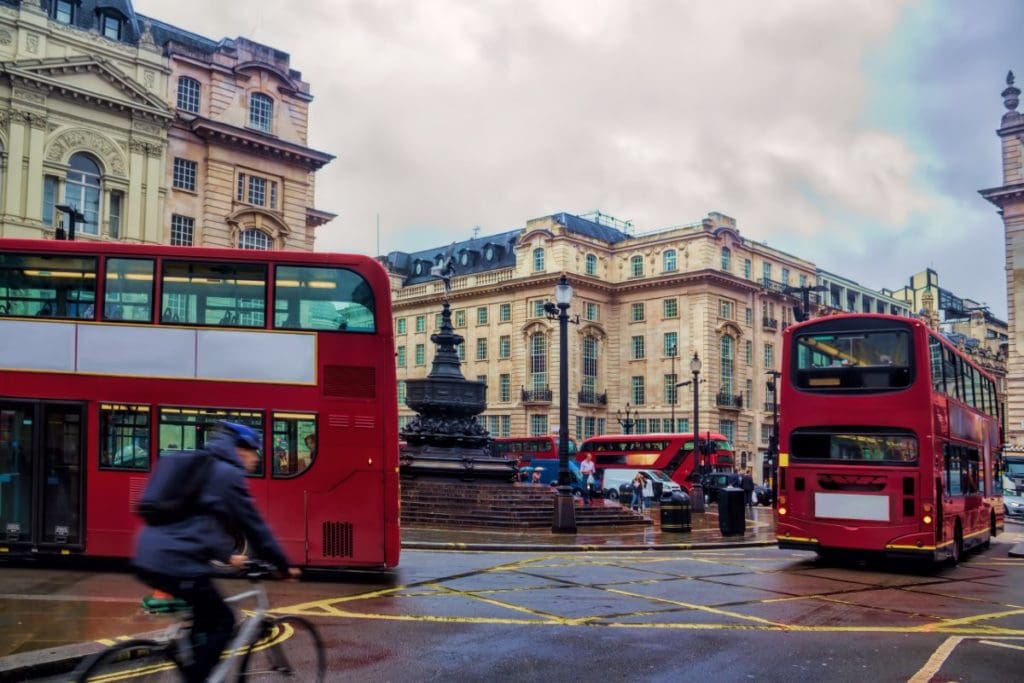Cycling Up, Speed Limits and Road Toll Down in London

London, UK
London has lower speed limits, higher rates of cycling and better cycling infrastructure than most Australian cities. These enhancements flow through to a far lower road toll.
Transport for London (TfL) has published casualty statistics that show a continued decline in the number of people killed or seriously injured on London’s roads in 2020, with a 21% decrease over the year compared to 2019 data.
Despite the decrease, 96 people were killed and 2,974 people suffered serious injuries on the capital’s roads.
Put into perspective, in Australia for 2020 the road toll was 1,106 deaths, plus 39,404 serious injuries. After adjusting for the respective populations of 9.3 million for London and 25.7 million for Australia, deaths per 100,000 people were 1.03 in London compared to 4.3 in Australia, 417% higher.
Serious injuries were 32 per 100,000 in London compared to 153 per 100,000 in Australia, 478% higher.
Of course, the two locations are not directly comparable. London is a city with relatively high urban density. Australia is a vast country, which although 86% urbanised, sees a higher per capita road toll in rural and remote areas.
Meanwhile in London, total cycling kilometres were estimated to have increased by 46% in 2020 compared to 2019, in part due to Covid lockdowns taking people away from public transport and seeing fewer motor vehicles on the roads.
While there was a 12% increase in the number of people killed or seriously injured cycling, the estimated overall risk to people cycling decreased, with six deaths recorded per billion kilometres cycled, compared to eight in 2019. The estimated risk of being killed or seriously injured while cycling fell by 24% over the year. Fewer people were also killed while walking in 2020, with a 34% reduction compared to 2019 data.
Cars were involved with 66% of all collisions resulting in death or injury, up from 62% in 2019. Speeding remains the biggest risk to road users.
Speed limits have also been reduced to 20 mph (32 kph) on a number of TfL roads across the capital. All TfL roads in the central London congestion charging zone are now 32 kph, with 15km of roads in total reduced to 32 kph in 2020 alone.
There are plans for extensive further speed limit reductions.
“Walking and cycling has boomed during the pandemic, and the work we’re doing to make London’s roads safer is having an effect, with the lowest number of road deaths in London on record last year,” said Will Norman, London’s walking and cycling commissioner.
“However, any tragic death from a collision is one too many, and there is still an unacceptable risk for many road users, particularly from cars. This highlights the importance of a green, sustainable recovery from the pandemic. We will continue to work with TfL, the police and the boroughs to better embed our Vision Zero strategy into every decision we make, making it easier and safer for people to walk and cycle around our city.”
Most of this article was first published in Bike Biz (UK)
